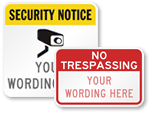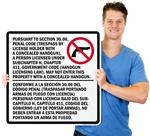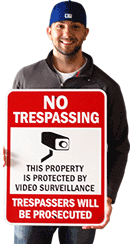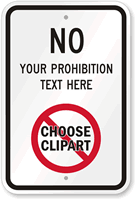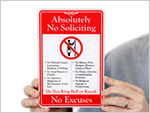Clear drone zones are key to drone safety
The word “drone” may call to mind the monotonous ramblings of, say, a substitute teacher or a boring relative (If only he’d stop droning on and on.). It also refers to the buzzing noise a bee makes, as well as certain bees themselves (the ones that fertilize the queen’s eggs—not the workers, in case you were wondering).
These days, however, if you hear the word “drone” you’re most likely going to think “remote-controlled aircraft ” or “unmanned aerial vehicle,” because these kinds of drones are becoming more and more popular among private citizens as well as corporations and governments, according to this Wired article.

Confusion over where drones are allowed to fly has led to some unfortunate incidents. From Don McCullough.
Police use drones to enhance patrols. Fire fighters (including the Houston Fire Department) use them to get an aerial view of burning buildings. Amazon may one day use drones to deliver packages. And regular citizens enjoy flying drones because it’s a more affordable hobby than flying planes—plus they can take great pictures with a mounted camera.
As drones gain popularity, however, concerns about privacy and responsibility have to be considered, too.
The rules about where you can and can’t fly a drone aren’t completely clear. Though sending a drone to spy through an open window clearly violates privacy, there doesn’t seem to be any law specifically against it. Even the Federal Aviation Administration doesn’t have complete control over drones. The FAA can’t, for example, fine drone operators for reckless flying.
But that doesn’t mean you can fly a drone anywhere you like. Not if you want to avoid trouble.
What kind of trouble? Last fall, Deer Trail, Colorado, considered licensing hunters to shoot down drones. (Voters later rejected the proposal.) Though it was mostly a publicity stunt, there are drone hunters out there. And damage to the drone isn’t always the worst that can happen when huge chunks of metal fall from the sky.
There are a few spots where drones are officially unwelcome. These include airports, national parks, military bases, and nuclear weapons labs. If you happen to be unclear about those locations, Mapbox recently outlined the country’s no-fly zones for drones. Mapbox also allows users to update the info.
With that in mind, there may be another way to fight back against drones. One that doesn’t involve lying in wait to shoot them out of the sky—which the FAA definitely frowns upon.
Instead, work with the system. Check for a no-fly zone around your home, and make sure it gets on the map.
Category: Surveillance


